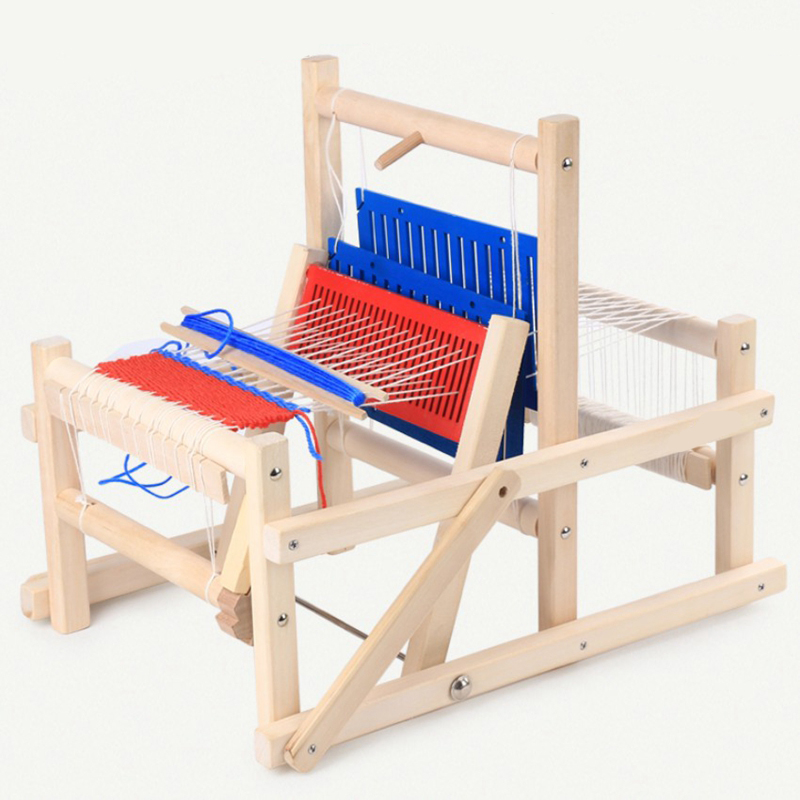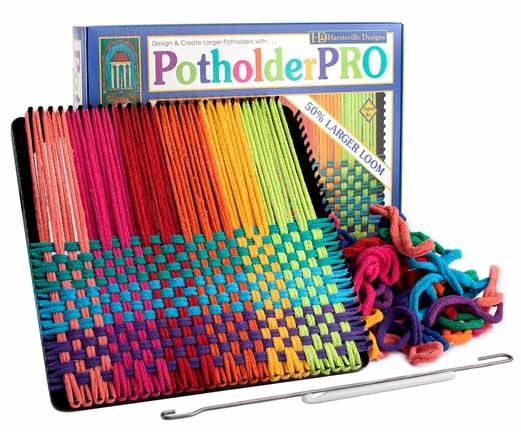Business: |
||
Skill level requiredLow - simple weaving or braiding, and finishing. Help with color selection if not making single-color items.Startup costLow - used cloth materials, easily-constructed loom.Different typesWoven with loops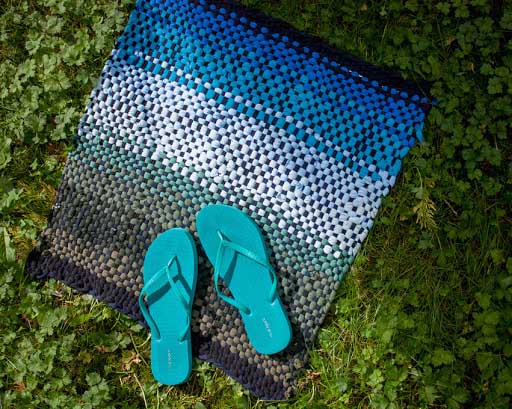

Woven from strips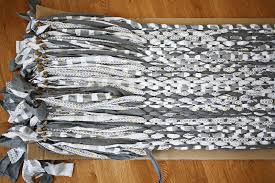
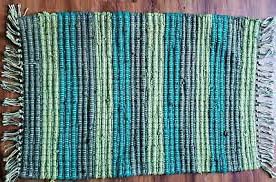
Braid and coil, then sew, crochet or weave together

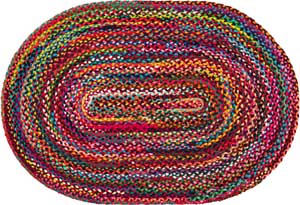
ColorsSolid or very similar colorsLight colors can be good for bathmats and small, easily washable rugs. Because of dirt and stains, darker colors are probably better for doormats, large rugs, or potholders.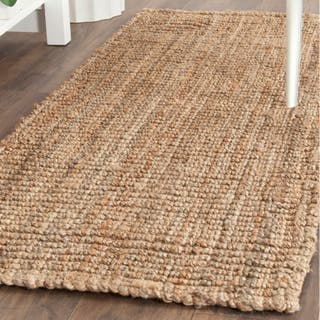

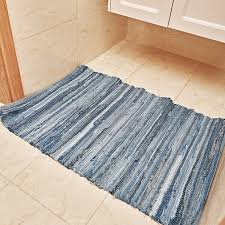


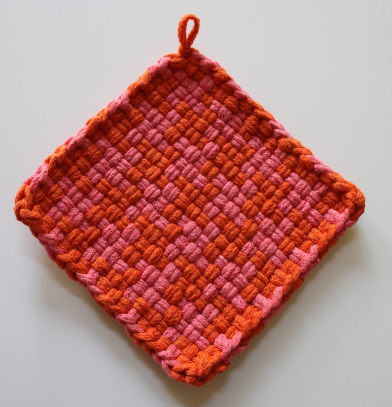
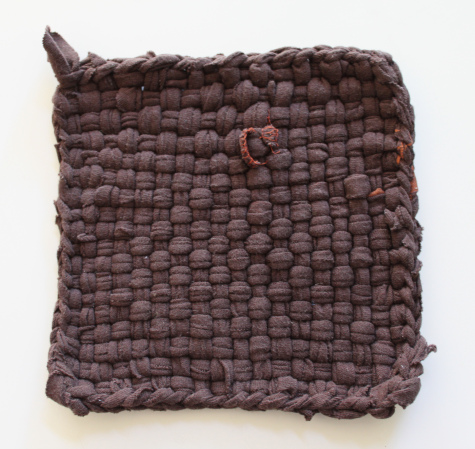

Mixed colorsIf more than one color is used, have a sighted person put the raw materials in order so that the finished product has pleasing color patterns. Color preferences will vary greatly by country; here are some that may be appropriate for the US market.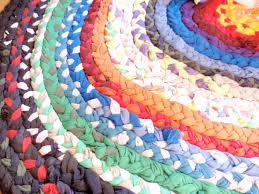

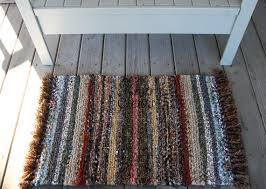
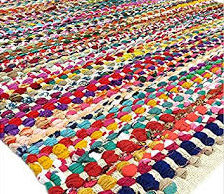
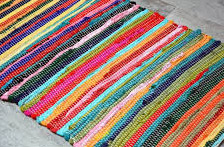
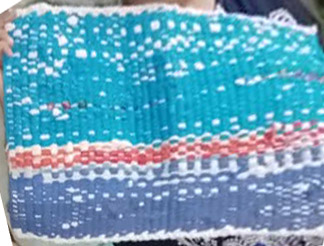
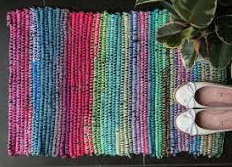
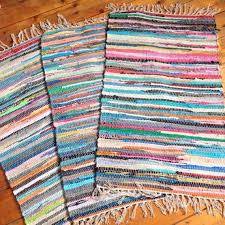
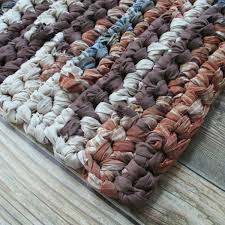

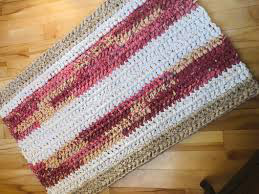
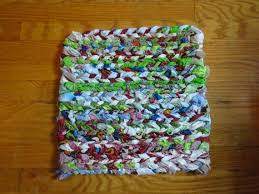
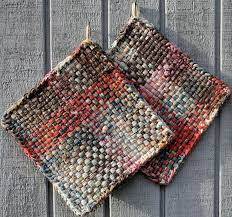
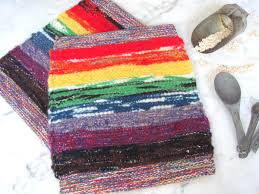
Popular color combinations from one US producer. It is usually good to avoid large black or dark areas, or color patterns that seem irregular. 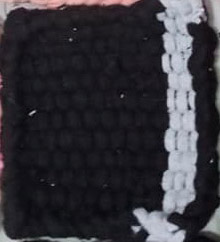
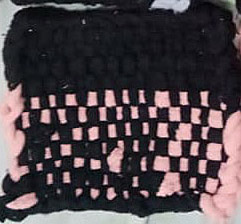
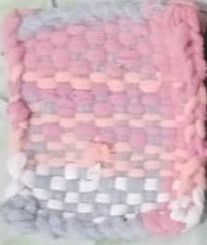
Sometimes a single stripe or a border can look good. 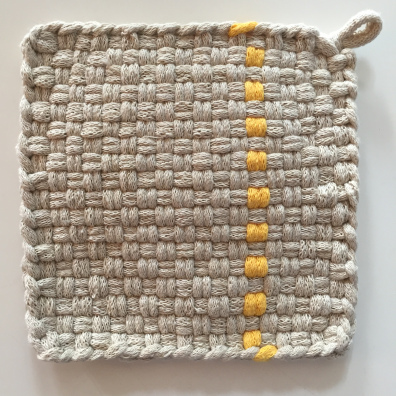
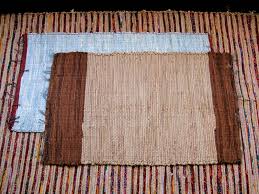
Finished sizesDesired sizes will vary by country. For the US market:
Tools
Other considerations
|
||

